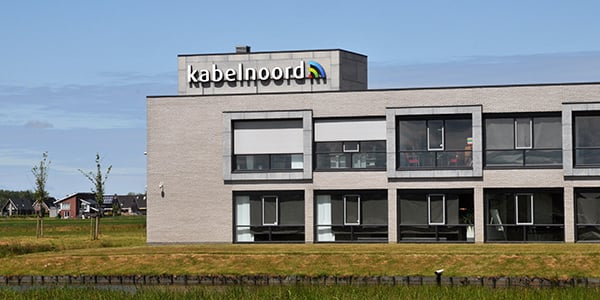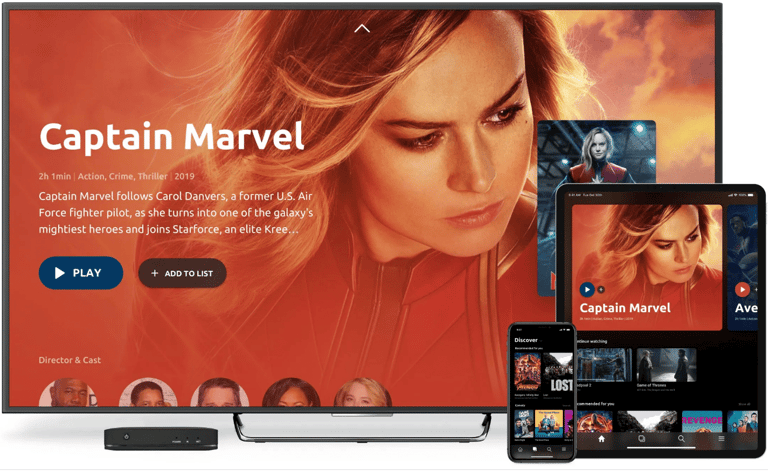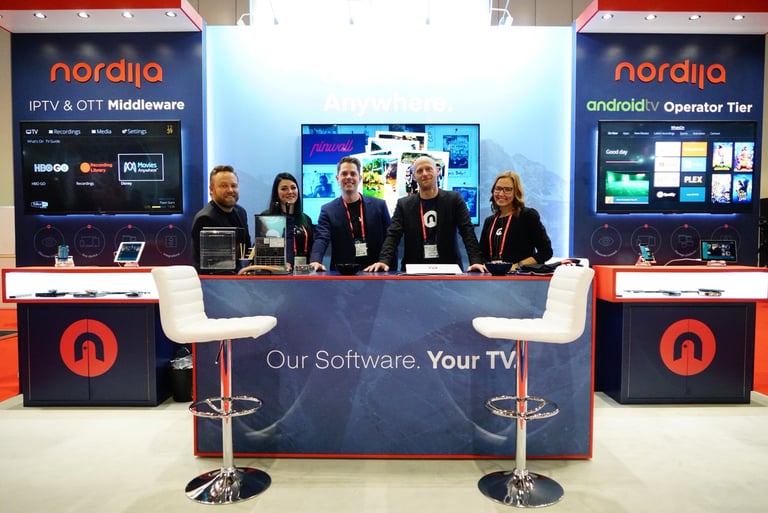Amino Technologies plc (LON:AMO) Chief Executive Officer Donald McGarva caught up with DirectorsTalk for an exclusive interview to discuss their latest trading update, how its transformation to a software-led business has helped during COVID-19, supply chain challenges and what to expect in the second half of the year.
Q1: Amino Technologies issued a trading update earlier in which you talk about a transformation to a software-led business, how has this helped you during this COVID-19 period?
A1: We did go through this transformation some time ago and we did do an acquisition middle of last year and I think just that change over to more software business, more recurring revenues, it’s made us much more resilient through this COVID-19 period.
We are pleased to report that over a quarter of our revenues now relate to software and services, we saw on our revenue a 10% increase year-on-year and that’s all come from our software and the services.
It means that whilst a lot of our customers have just carried on as usual and we’ve had very repeatable revenue from software, we’ve also seen an uptick in the online services and that’s meant that obviously we saw an uptick in our operations and the customers requiring more from us to deliver that.
Examples are people like BroadwayHD who deliver Broadway and West End productions in a Netflix-type service and that’s become the most effective way to access that content so we’ve seen a really good uptick there and responded to.
Even in our device business, we deployed and offer to customers, in many cases free of charge initially, we’ve offered our SaaS-based engaged platform. That enables them to remotely access, manage, support, and analyse devices in people’s homes avoid the need for an unnecessary home visit from an engineer, particularly in COVID-19 where you don’t want people coming to your home.
Q2: What challenges have you seen in the supply chain in H1 and, if you are having them, how are you overcoming them?
A2: Part of our business is our devices, with China going into lockdown itself in February and March, this has a real impact on our supply chain so that meant that actually there was no output coming out of China for at least 6 weeks. When it did come back, it was slower to return to normal than anybody else would have expected.
We responded pretty positively to that, our suppliers, and our partners they were one of the first to come back and we managed to get that supply chain moving again. That meant there was a lot of catching up to be done in April and in May and in the last part of the moth so that had a small impact in our cash flow, our working capital, as we probably used a bit more than we normally would’ve done. We still have a very good cash balance, net cash, at the end of the period but that was the initial impact.
We then saw some knock-on impacts there, Taiwan, South Korea, Malaysia then had lockdown issues and that impacted other components and we’ve seen component lead times move from 16 weeks up to 23 weeks in some cases.
I’m pleased to say that we had been able to anticipate some of that, we’ve managed that very effectively so I’m really pleased with how our team are doing in responding to that compared to many other around in the marketplace.
Some of those knock-on effects will continue but again, we’re pretty resilient there and we are anticipating some of that and making sure we manage through that effectively.
Q3: How do you see the second half of the year panning out for Amino Technologies?
A3: Clearly, there’s an awful lot of uncertainty in the marketplace and we don’t have a crystal ball but what I would say is our pipeline order book etc. is strong, and we see that, we’ve got good visibility. We are winning new busines and bringing new clients onboard but we are starting to hear clients start to defer a little bit some of the implementation schedules so they’d rather wait until they’re out of lockdown or into the next phase.
So, I think overall it is a very uncertain period, I don’t think any of us really know how the economic impact is going to affect us in the remainder of the year.
I think, really importantly, if you look at the medium to long term dynamics that this has created, it all bodes well for us particularly where we’re in the traditional paid TV and streaming and that convergence. So, we think the underlying strength of the business model and the strategy we put in place bodes well for the medium and the long term future going forward.










































